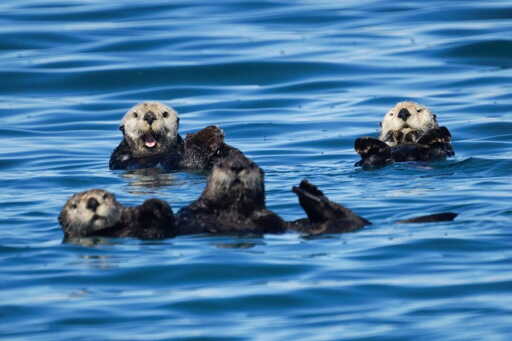HOMER, Alaska — Roarke Brown, a charter boat captain since 1972 in this picturesque fishing village, remembers being able to tread out onto the Kachemak Bay mud flats at low tide to fill a 5-gallon bucket with clams in little time with minimal effort. Tanner and Dungeness crabs? Drop a pot; haul it up crawling with crustaceans. “There was a big commercial crab fishery here that’s been closed for decades,” Brown tells Mongabay, seated aboard the Pacific Shadow, his charter boat, in Homer’s busy harbor. “It’s just like a plowed field where we used to get clams. It’s no better for razors [clams) and mussels.” There’s a complex tangle of historical, ecological and climactic explanations for the decline of nearshore shellfish populations off Homer, across the Kenai Peninsula, and throughout the expansive Gulf of Alaska. But Brown and his shellfishing brethren, in concert with some marine biologists and Native Alaskans, point to one culprit: The incessantly hungry, steadily propagating northern sea otter (Enhydra lutris kenyoni). Amid Alaska’s vast wilderness and rich coastal biodiversity — ranging from halibut to king salmon, bald eagles to tufted puffins, humpback whales to harbor seals — there is no more controversial species than the big-eyed, long-whiskered, luxuriously coated sea otter. Roarke Brown, left, joins two deckhands in the busy Homer harbor aboard his charter boat the Pacific Shadow. Brown maintains that an unchecked sea otter population boom in the past 20 years has diminished the ability of shellfishers like himself to harvest clams, crabs, mussels…This article was originally published on Mongabay
From Conservation news via this RSS feed


